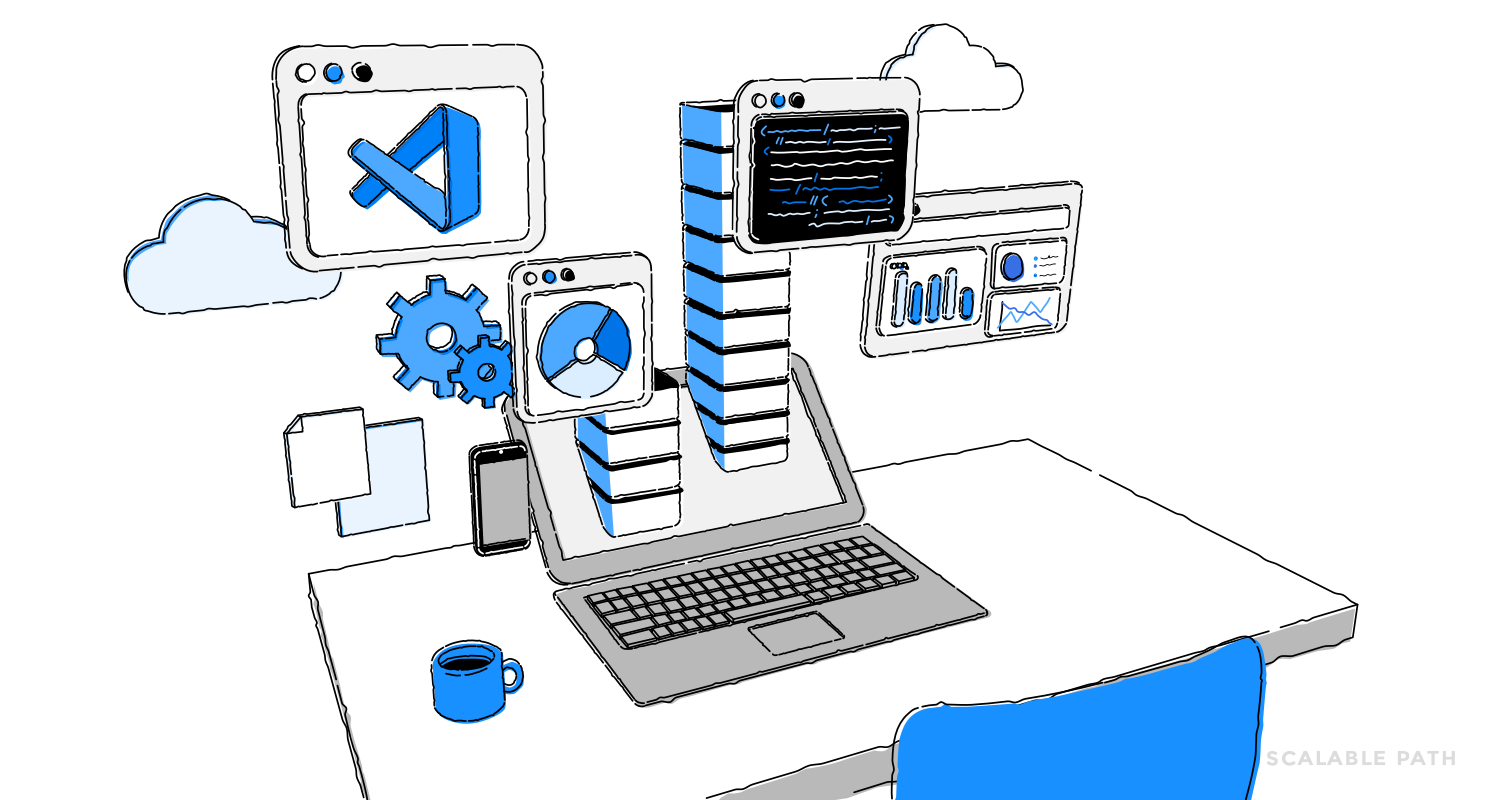An Introduction to Microsoft .NET Framework & Its Main Features

Back in the early 2000s, the applications built with .NET were aimed exclusively for Windows desktop and the framework itself was strictly developed and maintained in a closed source format. However, with the introduction of .NET Core, Microsoft made a complete shift and revolutionized software development. Applications could now be developed for a broader set of operating systems and platforms including Linux and macOS. Not only that, the development of .NET Core was made public with Microsoft sharing and receiving feedback directly on its GitHub set of repositories under the supervision of the .NET Foundation.
Fast forward almost 20 years, we’re now on the verge of .NET 6, which is expected to be released this November. It’s going to somewhat “finish” the unification of .NET Framework with .NET Core all under the same umbrella of .NET – a long process that started with .NET 5.
In this article, we’ll explore the main features that make .NET one of the most popular platforms out there.
Table Of Contents
What is the .NET Framework?
To put it simply, .NET is an open-source software development platform built by Microsoft. It allows us to build cross-platform software products that can run on Windows, Linux, macOS, iOS, Android, etc.
It’s used for creating many different types of applications and services and provides the necessary programming environment for all software development phases. Its surrounding ecosystem is a great fit for businesses and individuals that want to develop a wide range of software products, from desktop and mobile apps to web apps and cloud-powered services.
The History of .NET
In the late 90s, Microsoft created .NET hoping to compete with Sun’s Java, which was making a huge impact in the software development world. Envisioning a cross-platform development paradigm, Microsoft started incorporating the best brains in the market to develop its own software development ecosystem, going from desktop to the Web with Active Server Pages (ASP) and later on with ASP.NET, finally making the shift from on-premises to the cloud in recent years with Azure. Cross-platform is now something that we can take for granted when employing the .NET platform.

